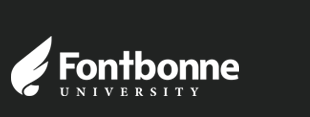
All Theses, Dissertations, and Capstone Projects
Year of Award
1969
Degree
Bachelor of Arts (BA)
College
College of Education & Allied Health
Department
Communication Disorders and Deaf Education
Keywords
hearing, oral, employment, curriculum, training, high school
Abstract
In the United States, there are three principal methods used by educators of deaf children. These methods are: (1) manualism (signing and/or fingerspelling), (2) oralism (speech and lipreading), and (3) the combined method. Oralism is the most difficult of the three methods to use, and it is also slower in attaining initial results. Despite its disadvantages, however, oralism has been proven successful. The main philosophy behind the oralist school is that a deaf child who fully utilizes the abilities to speak and lipread will more readily approximate the normal child than will the child who uses a manual form of communication. Although the latter child might grasp and retain language sooner, he will function in a more limited society than the former child.
Document Type
Restricted Thesis
Recommended Citation
Schiavone, Claudia, "The Influence of Oral Education on the Vocational Success of the Deaf" (1969). All Theses, Dissertations, and Capstone Projects. 129.
https://griffinshare.fontbonne.edu/all-etds/129
Restricted
Available to Fontbonne users only. Please log in with your id + password.
If you are the author of this work and would like to make it openly accessible to all, please click the button above.




Comments
Original copy bound in Deaf Education Theses 1969. Manuscript 12 of 13.